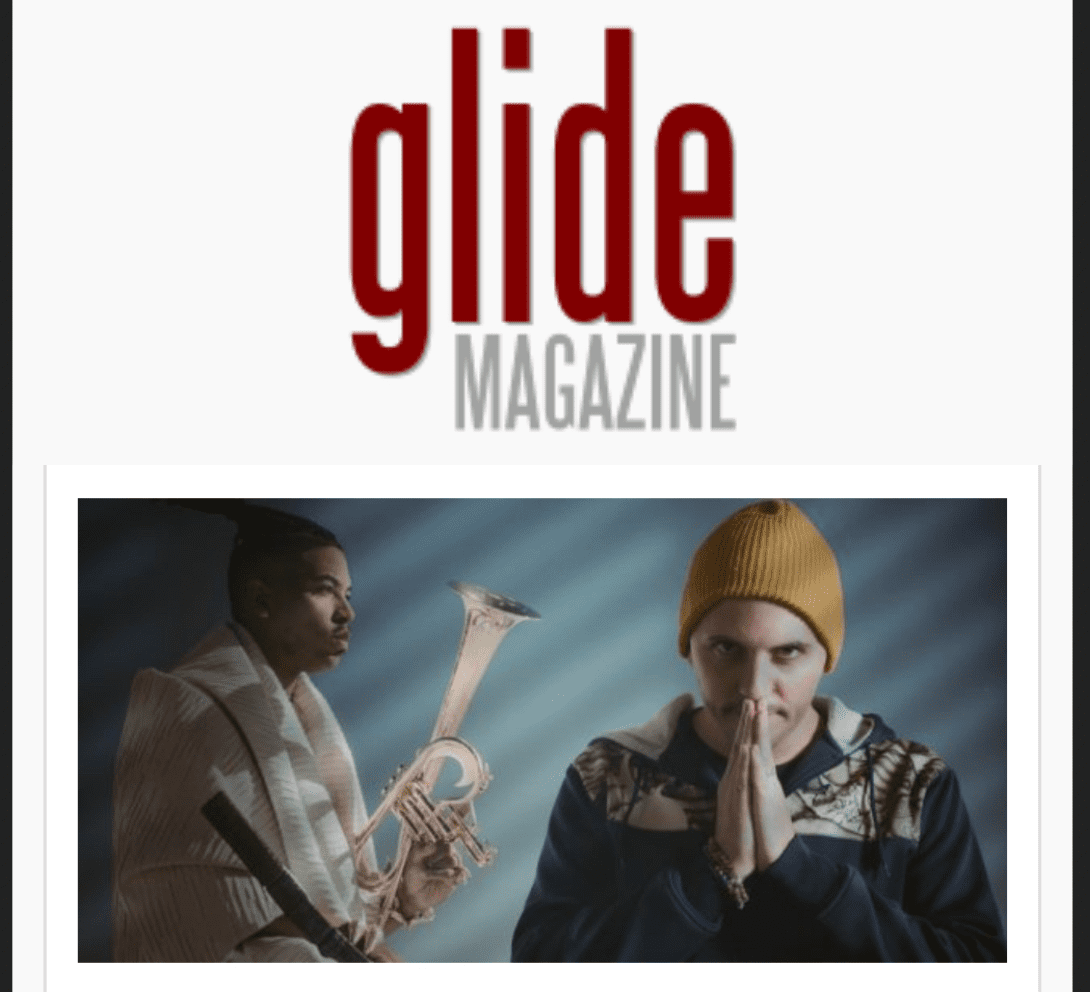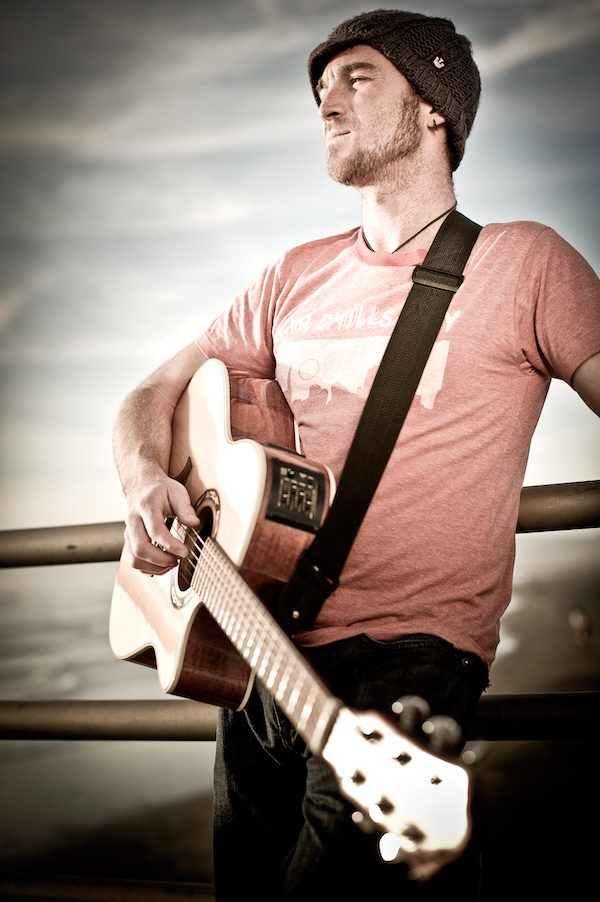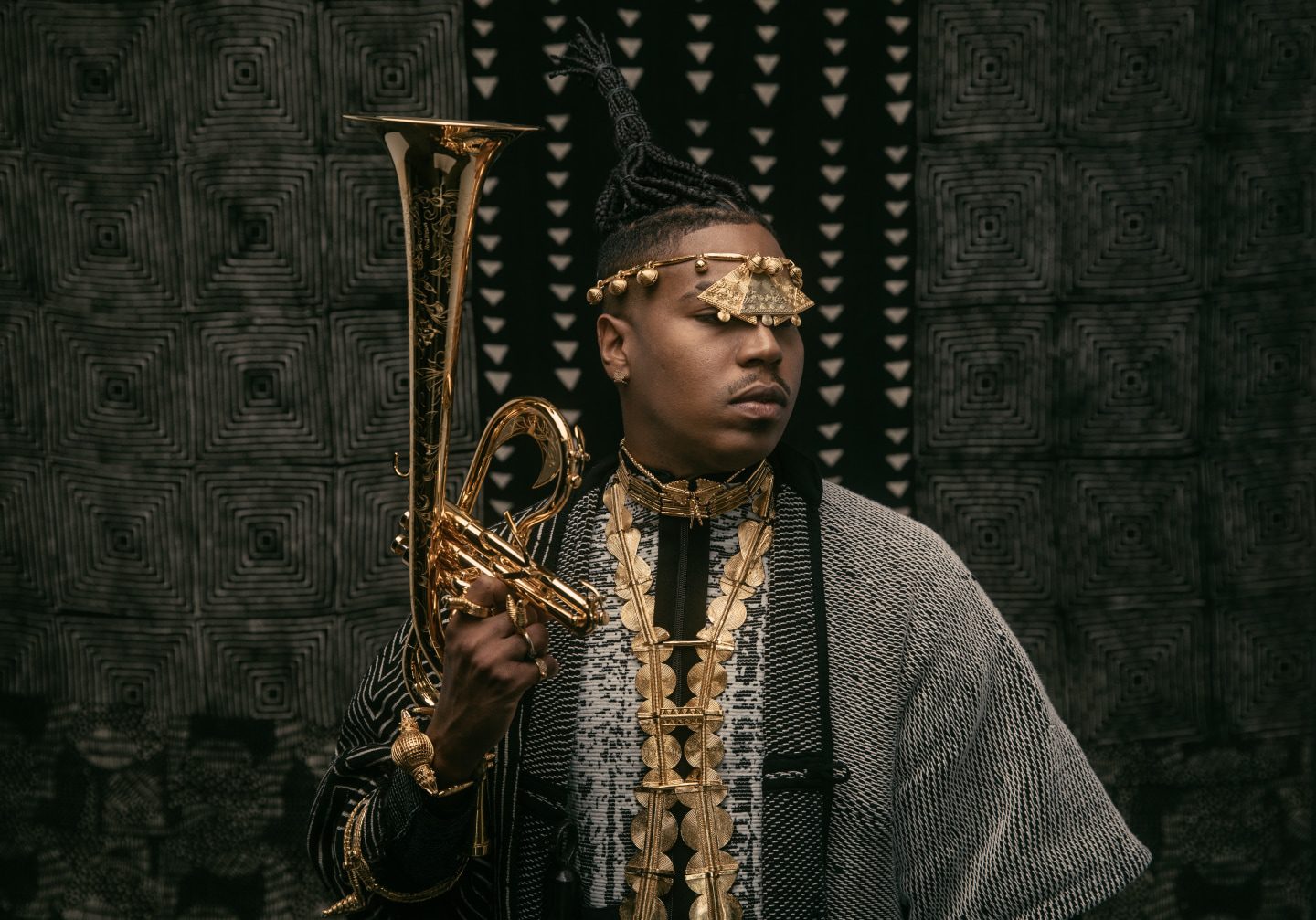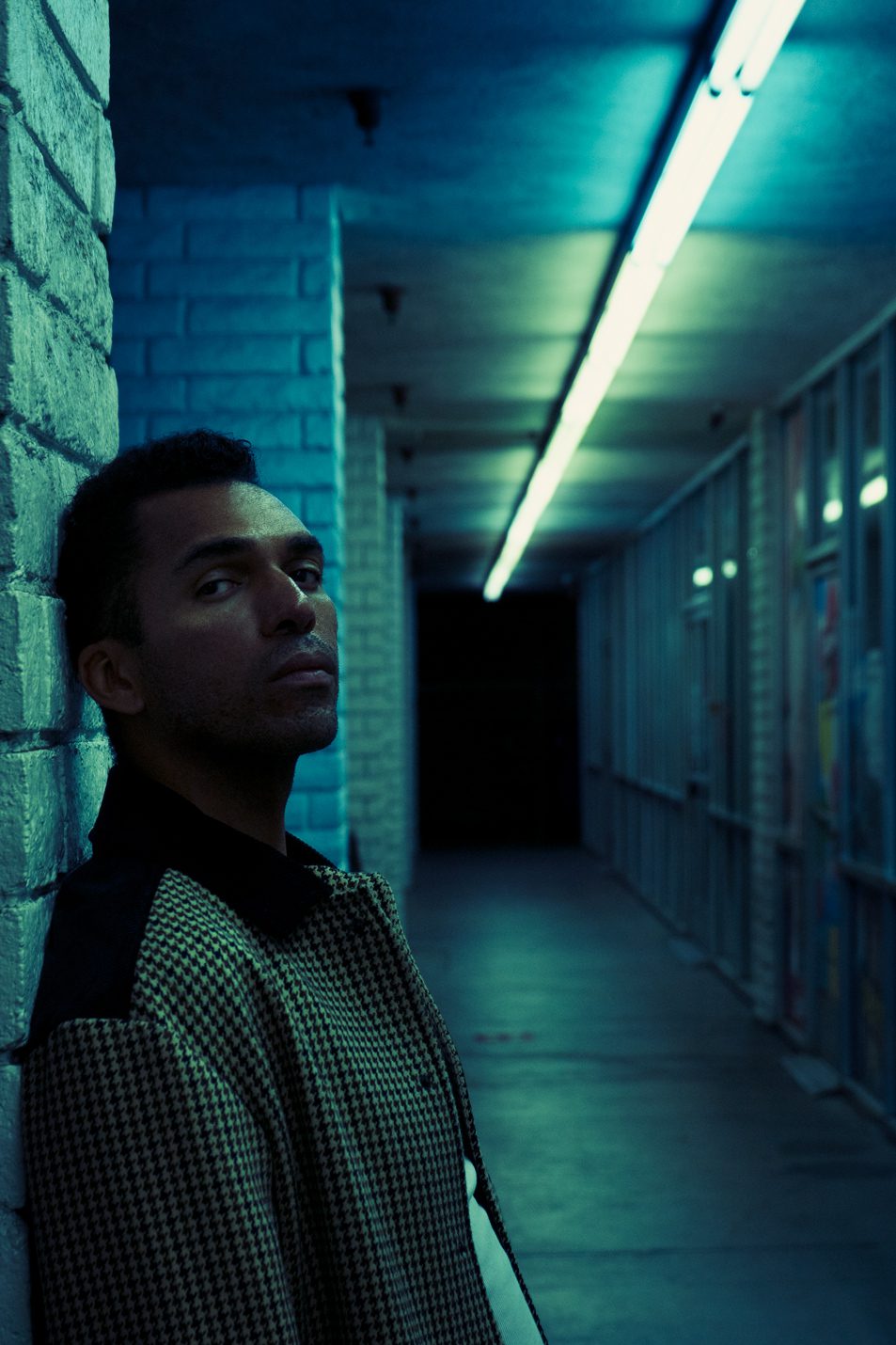The lush yet complex signature soundscape showcased within various artist collaborations have consistently produced jaw dropping, original out-of-the-box productions that dare to defy odds, break the ‘rules’ of music genres, rise vibrations, while offering a note of spiritual introspection.
“The Dream,” featuring acclaimed trumpeter Christian Scott aTunde Adjuah and soulful singer/songwriter Trent Park, is the fourth single release from Starita’s new compositional ambient, avant-garde, experimental album, The Wake Up Call, due out August 13th. The EP contains a body of work that expresses his journey of introspection across the various stages of the human experience (from openness and curiosity in childhood to pain, closure, resistance, and darkness in adulthood), leading to awareness, acceptance, and awakening on the search for peace and freedom. “Everything about this album elicits the awakening to our true nature and listening to ‘the Spirit,’” says Starita. The seven song collection showcases an intentionally open longer format that allows listeners time to drop in, access, connect, and flow with whatever emotions and memories that may surface throughout the sound journey.
Today Glide is excited to offer an exclusive premiere of the video for “The Dream,” a sure standout on the upcoming EP that showcases Starita’s unique and open-minded approach to collaboration. With delicate instrumentation that is enhanced by fitting visuals of serene settings, the song is a soothing journey into the idea of purification. There is an element of orchestral pop that is elevated through the enchanting jazz trumpet of Christian Scott aTunde Adjuah, who lets his instrument float beautifully over the sonic landscape. Trent Park’s vocals add a level of emotional power to the song, slowly building alongside the music to reach a cathartic release. “The Dream” is truly a collaboration between artists who managed to tap into the same musical wavelength and make something special.
“This song digs down and stirs up deep rooted emotions in the body to be purged and cleansed from the consciousness. The sound design, structure and production was designed to capture that purification. With the explosive journey that we all experience as humans – individually and collectively – this purification outlet is necessary and needed. To be able to use sound art to provide that access point is a tool that I tap into and hope that listeners can benefit from as well. While considered the most emotionally charged song on the album, it is also very relatable. The vocal melody and chord progression quite naturally reflects the visceral quality of the human emotional experience,” Starita remarks.
Drawing inspiration and guidance from ‘Spirit’ along with the textural and emotional range of his influences, Olafur Arnaulds and Nils Frahm’s bodies of work, Starita created a dramatic, neoclassical, compositional ambient, cinematic sound design (a blending of acoustic with electronic elements and instrumentation with analog synths) on this track that holds the expansive range of emotions – from intense devastation to hopeful – artfully. “This very special feature from Christian Scott aTunde Adjuah’s trumpet solo adds a unique layer of emotional intimacy to the song. Trent Park also dropped right into the spirit of this track; eloquently channeled this painful melody and conveyed the intensity of the song beautifully through his recognizably rich and soulful vocal interpretation. In the same fashion, guitarist Robin Applewood captured the energy left behind by his departed friend, playing the guitar part on an old classical guitar that was left to him. It has the original strings that came with the guitar when he inherited it. So, there is an energy and vibe to the sound although most would say the strings are dead and need to be changed. This track demonstrates the power of a masterful collaboration; bringing forth the best that each has to offer. With each piece that is added by an artist, we are symbolically weaving our collective stories, uniting our energies. I don’t think there could have been a better group of collaborators to express this message and piece of art,” Starita shares.
“When Starita first approached me about this collaboration,” Scott says, “I instantly resonated with this track because of the message I felt behind the song. There was a deep yearning energy; need for one to express their love and aspirations and holding that in a certain light. The reference to ‘someday’ in the lyrics was hopeful and grabbed me. This is a message relatable to us all. I wanted to use this time, during the pandemic, while the world was ‘resting’ and ‘reflecting,’ to explore musically. Starita’s genre-blending style of music, combining electronic and live instrumentation intrigued me. Listening to Starita’s initial interpretation of ‘The Dream’ piqued my interest and I was drawn to creating a trumpet piece to go with it. I wanted to explore what we can do together. The music industry is not set up to foster ‘building together,’ so this was the perfect opportunity to do so. As a conceptualist and producer, I share Starita’s vision of ‘letting go, not thinking, and letting it flow.’ That was the basic premise that was agreed upon by all of the collaborators….just let the song come naturally with no force from the mind. Let the heart lead. With that, I listened intently and created a sound that was very specific for this track. Many have heard me speak about the ‘whisper technique’ which is a warm air technique that only a few of us use. The technique is basically using warm air and prioritizing your breath at the mouthpiece of vibration. The warmer air actually rubs the inner-workings of the brass a little bit differently, which gives more of a hazy sound. To be able to get certain phrases out while the core air is warming up, you have to learn to refine warming the air up in your diaphragm and feigning phrases from your chest air, or frogging. It is so interesting and rewarding to witness what we have created together. It is my mission to unify people via their musical and cultural voices by tearing down the sonic and social constructs that separate them. To me the idea of ‘genre’ is the same. It’s just an extension of that type of self-segregating and kind of linear thinking. Similarly for this collaboration or my work with Stretch Music, my stance is the same, in order to stretch music, you have to be able to stretch yourself.”
“After listening to this sound journey, I hope that the listeners felt cleansed, had a moment that they needed, and perhaps let go of some emotional pain,” Park closes.










Recent Comments